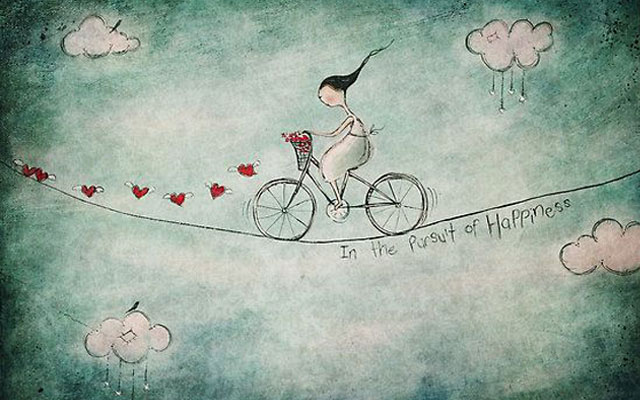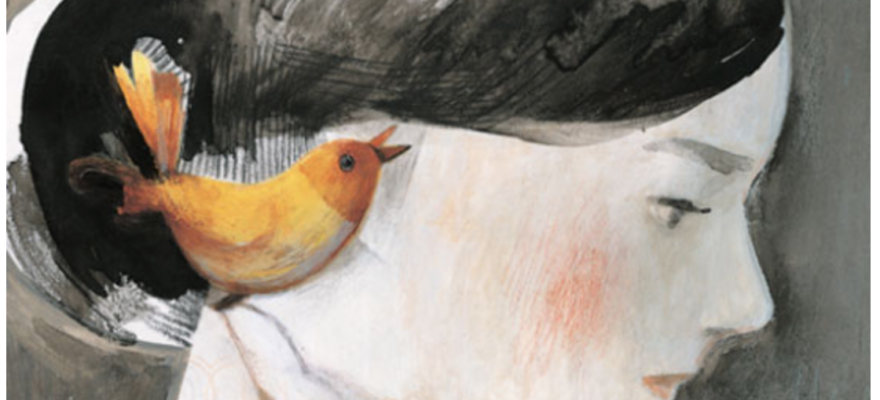Avicenna (970-1037) the 11th century medical savant and philosopher foretold the imperative role of emotions on human psyche and behavior. He wrote in his preeminent book, The Canon of Medicine : “Emotions impact health and behavior, and they should be managed to gain self-mastery.” Centuries later, James Gross, director of the Stanford Psychophysiology Laboratory known with his emotion regulation model explains: Emotional regulation refers to the process by which individuals influence which emotions they have, when they have them, and how they experience and express their feelings. Human ability to control and regulate emotions using reason and willpower is …
Tag: self-knowledge
Psychoanalytic therapy aims to explore the hidden emotions, repressed childhood memories, fantasies and thoughts affecting present behavior and relations of the client. The ultimate gain is a sound sense of self, contentment at a higher state of consciousness and self-mastery. The history of the psychoanalytical practice is not only long but it has been evolving ever since S. Freud’s work in psychoanalysis from 1915s up to present. Moving from the divan (couch) to psychoanalytic therapy wherein the client is relocated to the armchair facing the therapist and further on to the developmental approach founded by S. Freud’s daughter Anna …
Inner dialogue with oneself is an essential human condition states psychologist and anthropologist Victor Rosenthal, in his recent book Somebody is Talking. Murmuring, noisy, intuitive, singing, liberating, the conversation made with oneself is the characteristic of all human beings. From an early age on, one speaks to himself without any external trigger, relentlessly accommodates and comforts himself … in the form of talking aloud either through objects or directly with oneself… It allows us to reflect, to come back to our self while distinguishing us from our environment, and helps us to develop our sense of discernment for …











Social Profiles